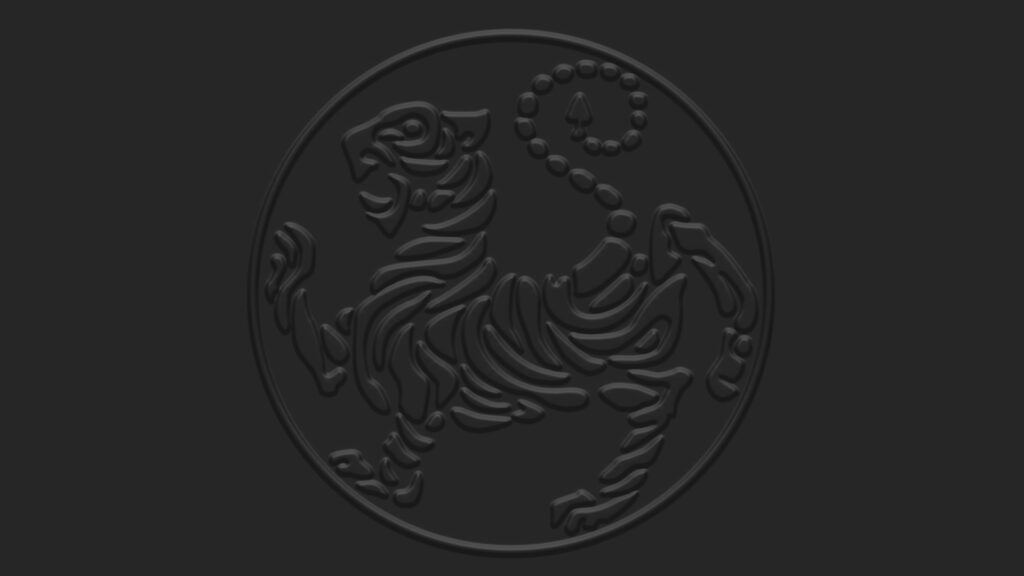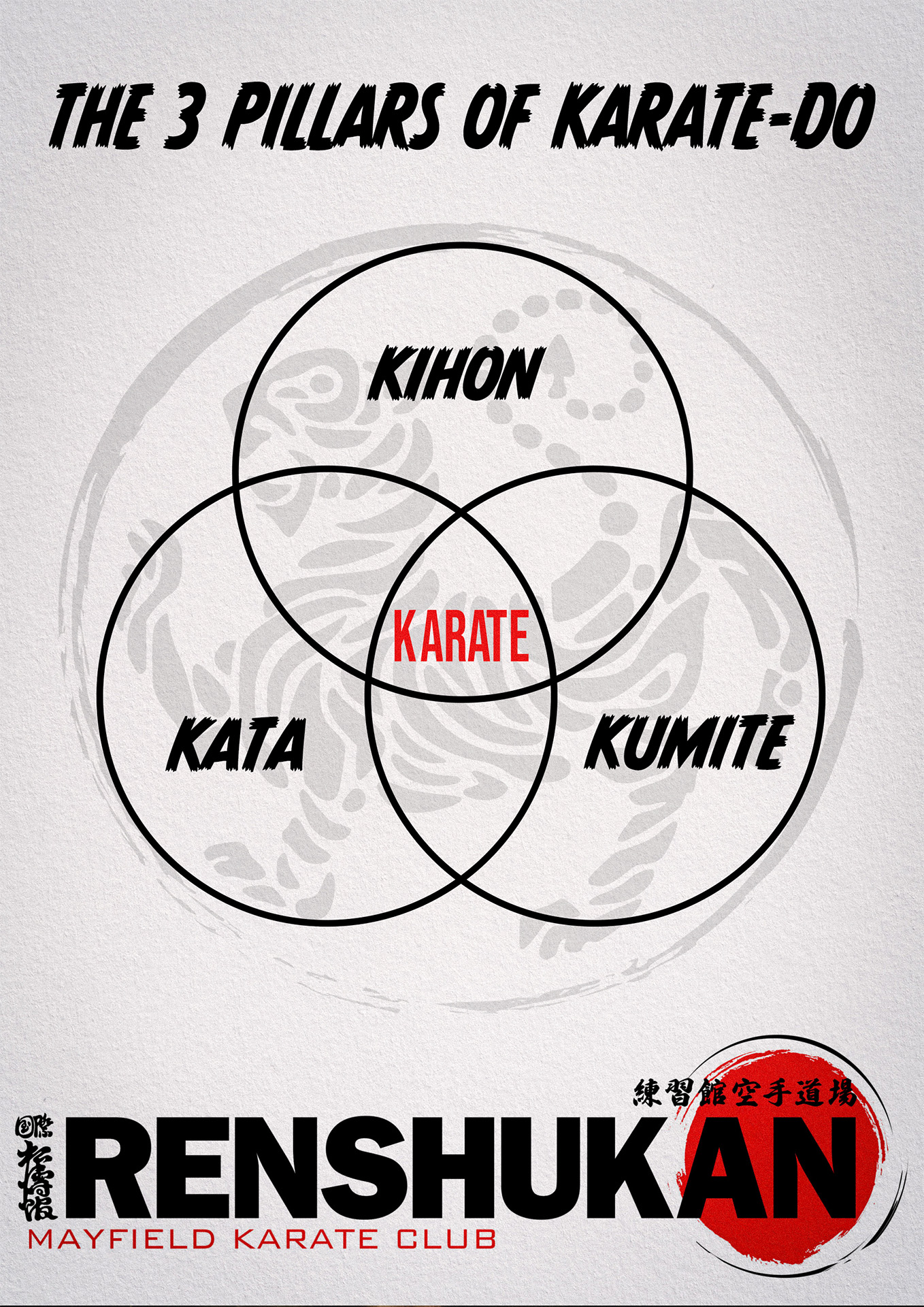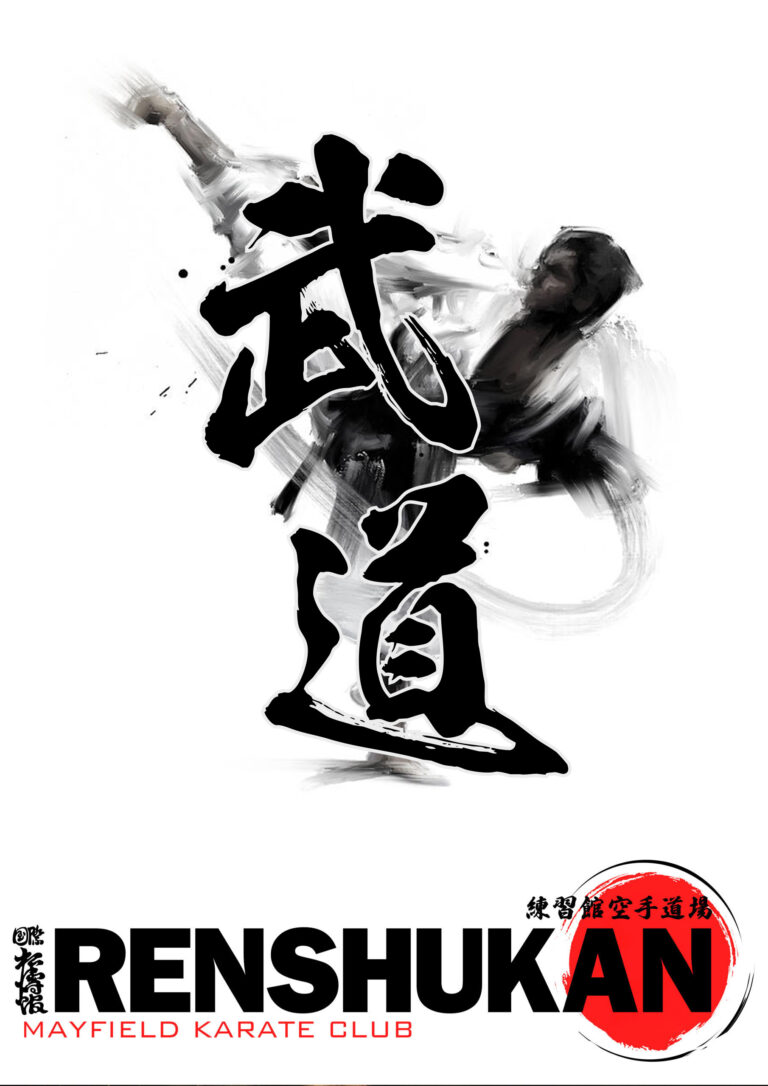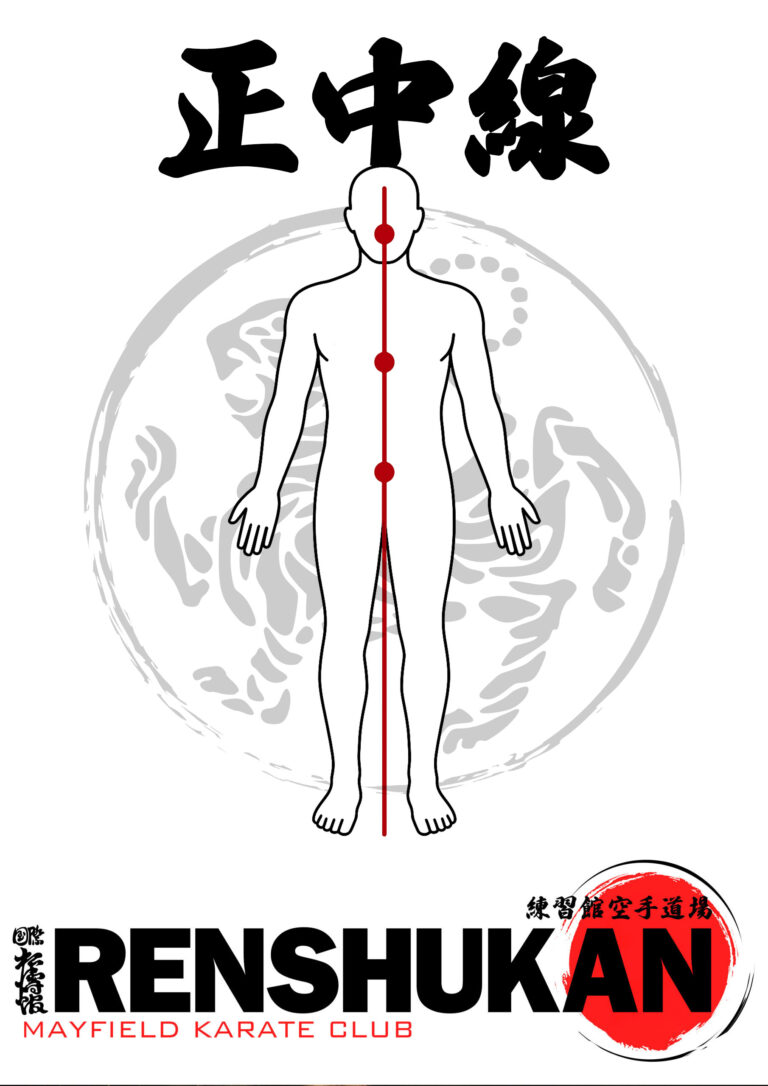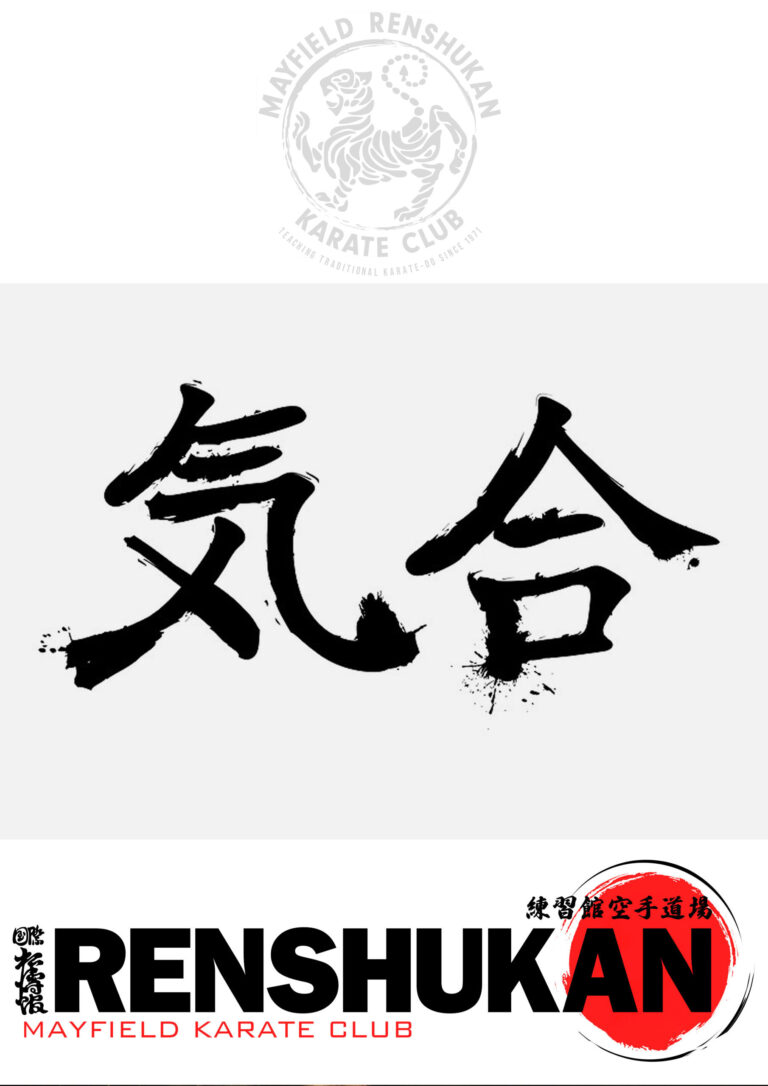To beginners, kata may appear as a choreographed sequence of movements, something to learn for gradings or competitions. However, to the more serious karateka, kata is so much more. It is the spiritual core, technical foundation and historical archive of Karate-Do. It is a repository of techniques, strategies and principles that have been refined over time, designed to simulate real combat scenarios against single or even multiple opponents. The purpose of kata is not only to preserve and transmit the core techniques and philosophies of Karate-Do from generation to generation, but also to act as a blueprint for self-defence, teaching karateka how to respond effectively to various scenarios.
Besides its role as a technical manual, kata also serves as a training tool for both body and mind. Through repetition, karateka learn to understand proper body mechanics, develop fluid movements, timing, control, spatial awareness, power generation and posture. The rhythm of kata teaches controlled breathing and coordination, while the focused nature of kata cultivates discipline.
Training in kata is as much spiritual as it is physical. The karateka must remain present in the moment, executing each technique with intention and spirit. This extends beyond the dojo too, encouraging a mindset of perseverance, respect and humility. In this way, kata not only trains the body but also shapes character.
If kata is the heart of karate training, then kihon are the fundamental building blocks with kumite serving as the link to the practical understanding of both. When working on kata, the following points will help in grasping the significance of kata beyond just its physical movements:
- Technical Precision
Correct execution of stances, strikes, block, and kicks.
Accurate angles, timing and transitions between movements. - Hyoshi (Flow and Rhythm)
Movements should flow smoothly with a natural rhythm, transitioning seamlessly between fast and slow tempos.
Demonstrates the karateka’s control and understanding of timing. - Zanshin (Awareness)
Full mental presence and awareness during the performance.
Maintaining concentration, even after the kata ends. - Kime (Focus of Power)
Proper generation and delivery of power at the moment of impact.
Combines physical, mental and spiritual energy for effectiveness. - Kokyu (Breathing Control)
Synchronisation of breathing with movements to maintain power and stamina.
Helps to stabilise the body and control energy. - Embusen (Line of Movement)
Strict adherence to the kata’s embusen.
Ensures the kata is performed as originally designed. - Bunkai (Application)
Understanding the practical applications of the techniques in combat.
Kata is not just about form but also about functional self-defence. - Kokoro (Spirit)
Demonstrating spirit through intensity, determination and respect.
Reflects the karateka’s inner strength and attitude. - Balance and Posture
Maintaining correct posture throughout the kata.
Proper balance ensures that techniques are delivered effectively. - Connection to Tradition
Honouring the heritage and philosophy of the kata.
Each kata carries historical and cultural significance.
In Summary, kata is not just something you memorise, it’s something you experience. It shouldn’t be practiced solely in order to pass exams or win competitions. Kata is a vital and ever evolving element of karate training, grounding Karate-Do in tradition while providing a structured framework for personal development. Through kata, karateka don’t just learn physical movements, they learn to focus, to think and to absorb the deeper principles of budo.
Oss!

